‘Blue Collar Empire’: The Untold Story of U.S. Labor’s Global Anticommunist Crusade
Historian Jeff Schuhrke documents the AFL-CIO’s role in weakening left-wing labor unions around the world between the '40s and '90s.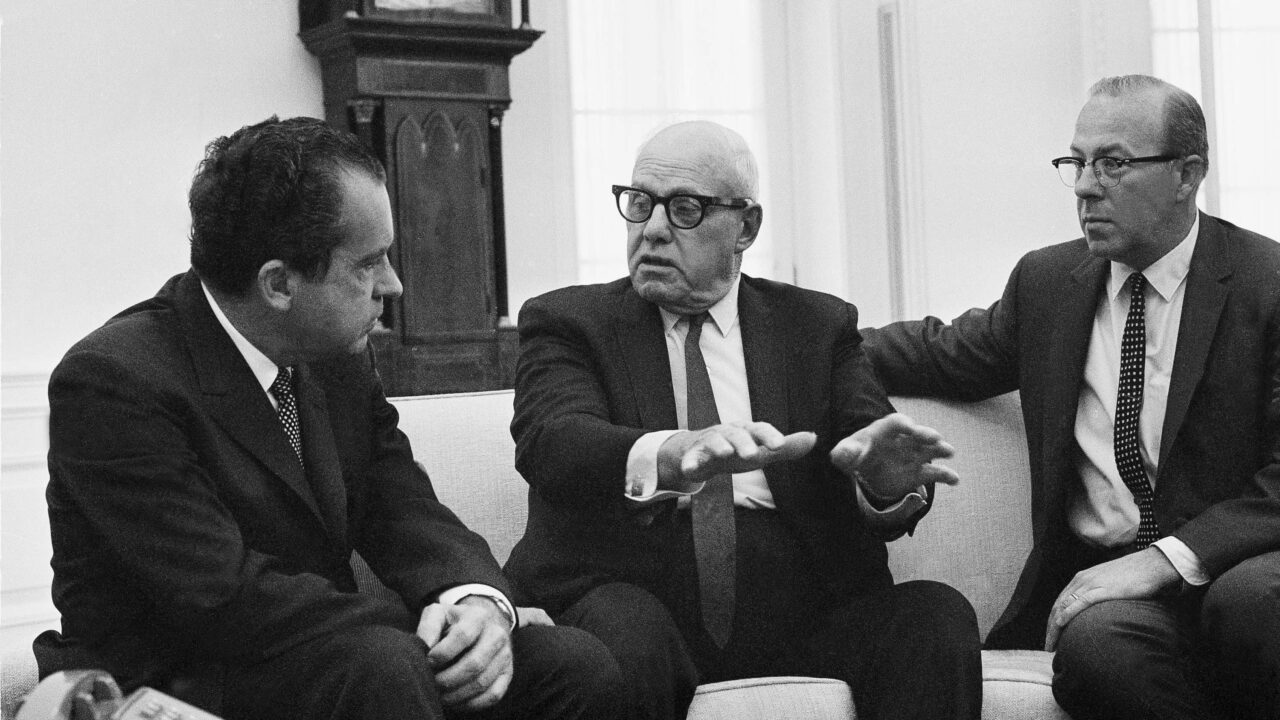 President Richard Nixon confers with AFL-CIO president George Meany, center in the White House in 1969. The man at right is unidentified. (AP Photo)
President Richard Nixon confers with AFL-CIO president George Meany, center in the White House in 1969. The man at right is unidentified. (AP Photo)
On Dec. 1, 2023, Shawn Fain, the recently elected head of the United Auto Workers (UAW), announced that the UAW was firmly in favor of a ceasefire in Gaza. In a press conference weeks later, he argued that unions “must fight for all workers” and called on elected officials to “step up and do what it takes to end the violence” in Gaza. Fain linked the UAW’s call for a ceasefire to a larger history of union activism to advocate for justice around the world.
Fain’s stance was rightfully praised by progressive outlets. Nevertheless, his claim about the UAW’s leading role in the fight for social justice, as the recent book of historian Jeff Schuhrke makes clear, is more complicated. Though the UAW’s enigmatic leader Walter Reuther was far less bombastic in his militarism than other mainstream union officials during the Cold War, Reuther was an essential part of an American labor union movement that joined forces with the U.S. government to spread death and destruction across the “Third World” throughout the 20th century. In the name of supporting “free trade,” “free unions” and “free markets,” U.S. union officials intervened violently time and time again throughout the developing world. In so doing, as Schuhrke recounts in his book, they also brought upon themselves the destruction of their own labor movement.
Schuhrke’s “Blue Collar Empire” tells the story of U.S. labor’s quest to control and divide the global workers’ movement between the 1940s and 1990s, and the “bitter conflicts it exacerbated along the way.” This battle for control was driven by U.S. labor’s virulent anti-communism, an ideology that the book goes to great lengths to demonstrate was not forced upon mainstream American labor leaders like AFL-CIO head George Meany, but rather heartily espoused and enforced within their own unions. Indeed, informed by their own purging of their memberships in the wake of World War II, American labor leaders saw themselves as more effective anti-communists than the state itself. This is a crucial contribution of Schuhrke’s book, even if the book’s marketing, which features a large quote about “how the CIA used American unions to undermine workers,” distracts from this insight.
American labor leaders saw themselves as more effective anti-communists than the state itself.
High off the relative prosperity ushered in by American labor’s collaboration with capital and the state during World War II, mainstream labor leaders pushed the argument that their workers would benefit from further collaborating with business leaders and tamping down on radicalism. Projecting this image abroad, labor leaders actively fought for an international order founded upon U.S. capitalist hegemony that they believed would benefit their workers. To ensure this global order would come to fruition, U.S. labor leaders trained foreign unionists in the virtues of collaborating with management and attempted to stamp out the more explicitly left-wing alternatives that were emerging in the Third World. According to Schuhrke, throughout the 20th century, “like a roving picket marching from country to country, the AFL-CIO’s international agents [expended] incredible energy and resources to block revolutionary ideologies and militant class consciousness from taking hold in foreign labor.”
U.S. labor spent immense sums of material and political capital to weaken independent left-wing labor unions across the world. While the book’s reflections on the nefarious work of American labor leaders such as Irving Brown in France, the complicated anti-communism of Maida Springer in Africa, or rank-and-file resistance to U.S. support for apartheid South Africa are all fascinating, Latin America takes center stage in the text. As early as the 1940s, U.S. labor spent much of its political capital encouraging the creation of Latin American labor federations through which it could finance anti-communist unions and isolate those that did not bow to American hegemony. In the 1950s, leading U.S. labor officials could also be found receiving advanced notice from the U.S. government of the impending coup plot against Guatemalan president Jacobo Árbenz.
As the book recounts, it was during the 1960s that American unions began to take on a much more direct role abroad. While U.S. labor was supported in its quest to fight “communism” abroad by a variety of sources, including the dues of its own members, the CIA and the State Department, its external funding ballooned under the Kennedy administration because its mission overlapped well with the Alliance for Progress. A “Marshall Plan” for Latin America that sought to provide $20 billion in economic and technical assistance to anti-communist governments in Latin America, the Alliance provided funds to the American Institute for Free Labor Development (AIFLD), described by Schuhrke as “the largest, most generously funded, and most consequential overseas initiative the Federation would undertake during the entire Cold War.”
Through the AIFLD, U.S. labor battled for the hearts and minds of the Global South, often training Latin American unionists in courses dedicated to “U.S. democracy,” “collective bargaining” and, most importantly, “countering left-wing arguments.” It also provided direct aid to anti-communist Latin American workers by extending credit to community development projects, financing agrarian cooperatives, and paying for the construction of urban housing in scores of Latin American cities.
Schuhrke grasps and highlights that U.S. developmental aid, whether from the Alliance for Progress or U.S. labor programs, was never just about providing financial assistance. As was the case across Africa and Asia as well, in Latin America, labor leaders trained by the U.S. played a direct role in the coups, dictatorships and civil wars that brought immense death and destruction to the region. Between 1962-1964, the AIFLD directly trained and financed the leaders of a crippling strike in the colony of British Guiana that eventually brought down the elected socialist government of Cheddi Jagan. In the Dominican Republic, unionists trained by the AIFLD called openly for a coup against Juan Bosch, backed that coup when it came, and even invited the U.S. military occupation that came soon after. Around the same time, the AIFLD trained 33 Brazilian unionists in Washington who, less than a year later, “helped ensure” that the U.S.-backed overthrow of left-wing leader João Goulart “went smoothly.” All of these stories, and more, are brought to light by Schuhrke, who, in his telling, unearths new actors and highlights underexplored contradictions.
Though American labor meddled around the world, it was the AIFLD’s role in the coup that overthrew Chilean President Salvador Allende in 1973 that would have the longest-lasting impact. The AIFLD trained thousands of Chileans, many of whom figured prominently among the leadership of the waves of strikes that crippled the Allende regime. Participants in these strikes, so frequent and disruptive that they provided the pretext for Gen. Augusto Pinochet to seize power, were often receiving money directly from the CIA. The role that trainees of the AIFLD would play in contributing to the rise and functioning of bloody military dictatorships like the Pinochet regime leads Schuhrke to a striking conclusion: the AIFLD’s training program was the “‘free’ trade union version of the U.S. Army’s notorious School of the Americas.”
American labor unions financed and defended dictatorships that decimated Latin American unions.
The direct role of the United States, and labor in particular, in Chile led to a backlash amongst the rank and file of the AFL-CIO, many of whom came to call it the “AFL-CIA.” Nevertheless, even though imperial overreach generated a backlash, in many ways, it was too late. There was another crucial consequence generated by the Chilean coup: its role as “ground zero for neoliberalism.” This set of policies that entailed privatization, liberalization and deregulation shortly “became the preferred solution to economic crisis for U.S. policymakers and capitalist elites.” American labor unions thus financed and defended dictatorships that decimated Latin American unions and, in so doing, made their economies extremely attractive to foreign direct investment. Multinational corporations from the United States then moved American jobs overseas by taking advantage of lax labor laws to set up manufacturing operations and use non-union labor.
Rank-and-file labor activists began to grasp this cycle as the civil wars in Central America erupted in the 1980s. Tired of the imperial intrigues of their leaders, rank-and-file unionists formed the National Labor Committee (NLC) and challenged the heads of the AFL-CIO. They went on fact-finding missions, developed friendly relations with left-wing Salvadoran unions and even helped to free their comrades from Salvadoran prisons. They stressed constantly that the U.S.-funded repression of leftist unionists was done to mold an exploitable workforce that was attractive to U.S. capital.
Schuhrke’s analysis of labor’s intervention thus adds a crucial element to our understanding of the functioning of the “imperial boomerang.” Strategies and mechanisms of colonial violence and control inflicted upon the Global South, even soft-power initiatives, do not just “boomerang” back and affect the most marginalized in the imperial core: they also can destroy the livelihoods of workers who had achieved some sense of stability.
This is a crucial lesson to stress in a moment in which the “boomerang” is returning again. While one would hope that images of death and destruction coming out of places like Gaza would be enough to convince American labor of the need for greater solidarity, Schuhrke’s story makes clear that labor’s interests lie in the building of a coalition of all workers, borders be damned, in their struggle against capital. As union leaders are fired as part of a crackdown on pro-Palestinian speech, the threat of deportation hangs over those who dare defend their rights, and court rulings are flouted as part of President Donald Trump’s massive attack against the country’s federal workforce, we must remember that all of this, too, is part and parcel of the goal of molding a docile labor force. If recent steps by American labor leaders are to be believed — from Fain’s call for lifting the standards of Mexican workers, to the head of Kilmar Abrego García’s union demanding he be returned — the country’s labor movement may finally be catching up to the reality that we are only as strong as the most vulnerable members of our coalition.
Dig, Root, GrowThis year, we’re all on shaky ground, and the need for independent journalism has never been greater. A new administration is openly attacking free press — and the stakes couldn’t be higher.
Your support is more than a donation. It helps us dig deeper into hidden truths, root out corruption and misinformation, and grow an informed, resilient community.
Independent journalism like Truthdig doesn't just report the news — it helps cultivate a better future.
Your tax-deductible gift powers fearless reporting and uncompromising analysis. Together, we can protect democracy and expose the stories that must be told.
This spring, stand with our journalists.
Dig. Root. Grow. Cultivate a better future.
Donate today.

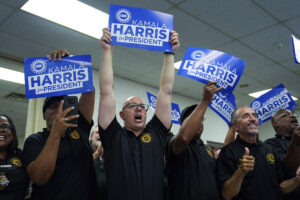

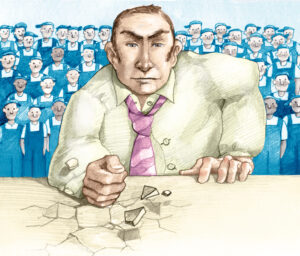

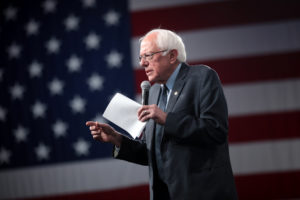
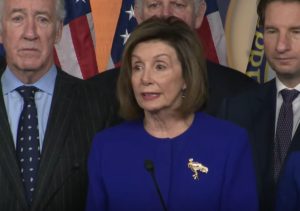

You need to be a supporter to comment.
There are currently no responses to this article.
Be the first to respond.